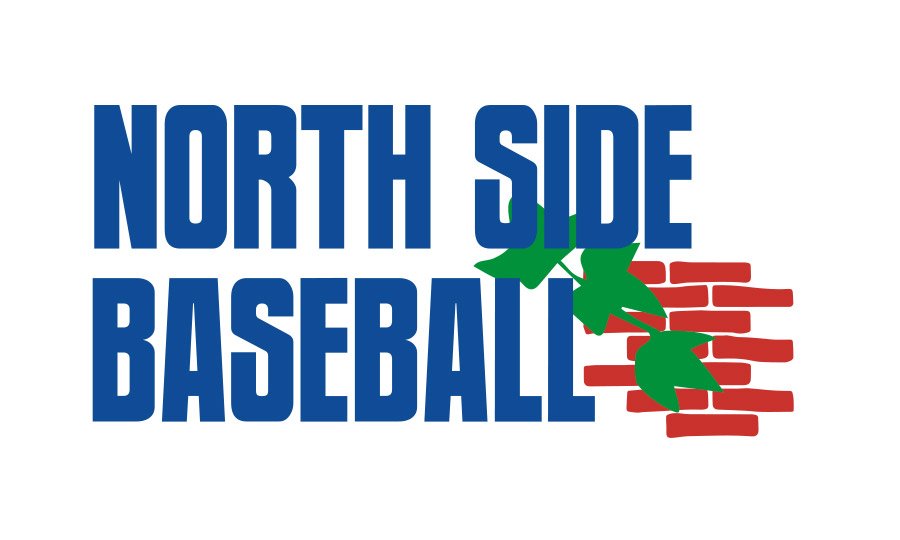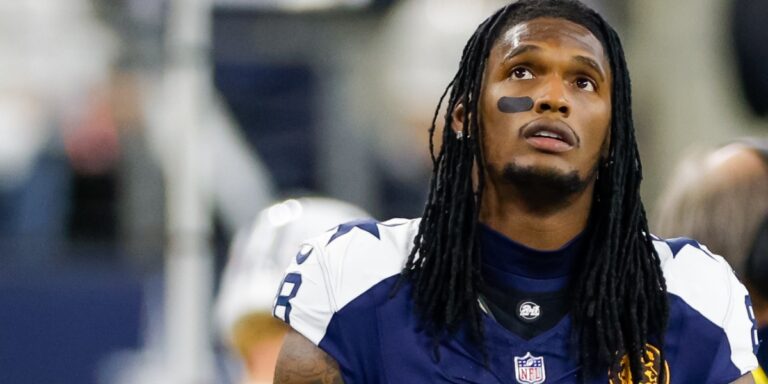
Ian Happ’s Defensive Redemption: A Closer Look at His 2025 Performance
Ian Happ, the Chicago Cubs’ left fielder, has long been a topic of discussion among baseball enthusiasts, particularly when it comes to his defensive capabilities. Despite winning three consecutive Gold Glove awards, there has been a noticeable disconnect between his perceived defensive prowess and the actual metrics. This year, however, something seems different. Happ is showcasing a level of defensive consistency that could potentially solidify his reputation as one of the best defenders in the game.
Historically, Happ’s defensive performance has been a mixed bag. His Fielding Run Value (FRV) over the past few seasons has been underwhelming, with scores of 1 in 2022, -4 in 2023, and -1 in 2024. These numbers suggest that while he has moments of brilliance, his overall defensive impact has been inconsistent. Nevertheless, he has continued to garner accolades, including the Rawlings Gold Glove Award™, which, as many know, is often influenced more by reputation and perception than cold, hard data.
The Metrics Behind the Glove
Delving deeper into the statistics, Happ’s defense has been a subject of scrutiny. The Fielding Bible Award, which is rooted in data and expert analysis, has eluded him, further highlighting the disparity between his reputation and actual performance. However, in 2025, there are signs of a significant turnaround. Happ’s current FRV stands at 0, indicating that he is performing exactly at the league average. While this may not seem impressive at first glance, it marks a notable improvement from his previous seasons.
A closer examination of his Directional Outs Above Average (DOAA) data reveals intriguing insights. In past years, Happ has struggled with certain directional movements, particularly when moving laterally or diagonally. For instance, he was -3 in moving in and to his left, and -2 in moving in and to his right. However, in 2025, he has shown remarkable improvement in these areas. He is now above-average when moving in and to his left, and average in other directions. This transformation could be attributed to a combination of factors, including an improved initial jump and better tracking of fly balls.
Factors Contributing to the Improvement
One plausible explanation for Happ’s defensive resurgence is the presence of Pete Crow-Armstrong in center field. Having a strong defensive center fielder can greatly impact a left fielder’s performance by providing better positioning and support. Additionally, the addition of Kyle Tucker in right field has further enhanced the Cubs’ outfield dynamics, creating one of the most formidable defensive alignments in the league.
Another factor could be Happ’s renewed focus and awareness on the field. His ability to track difficult fly balls with greater precision this season has been noticeable. This improvement, coupled with an incremental enhancement in his Outfield Jump metric (now at 0.6 Feet vs. Avg), suggests that Happ is making tangible strides in his defensive game.
Looking Ahead: Sustainable Excellence?
It’s important to remain cautious when evaluating defensive performance based on a limited sample size. Unlike offensive statistics, which can stabilize relatively quickly, defensive metrics require a much larger dataset to draw meaningful conclusions. However, the early signs from Happ’s 2025 campaign are undeniably promising. If he can maintain this level of performance, it could not only bolster his individual reputation but also contribute significantly to the Cubs’ overall defensive effectiveness.
In conclusion, Ian Happ is proving this season that he has the potential to be more than just a perceived defensive standout—he can be a genuinely impactful one. With the right combination of focus, positioning, and support from his outfield teammates, Happ could very well make 2025 his breakout defensive season.



